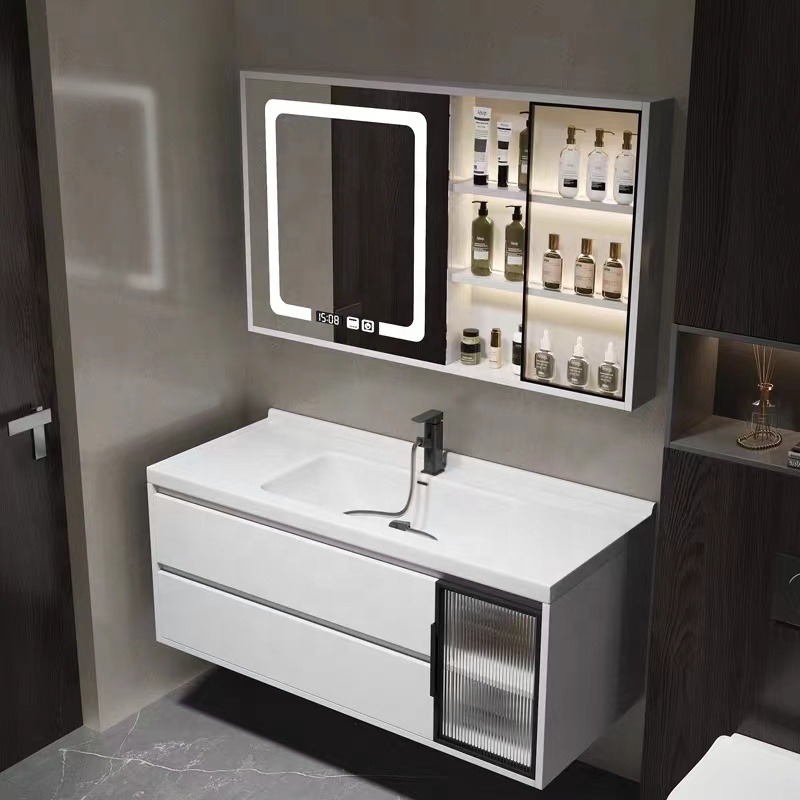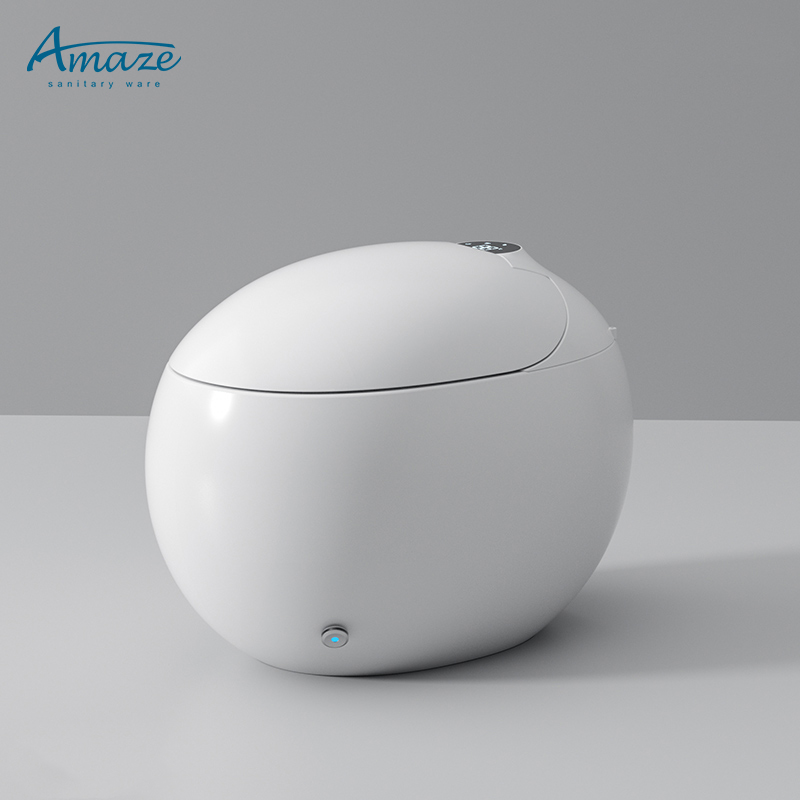As the construction industry evolves, modular building has emerged as a prominent trend focused on efficiency, sustainability, and innovation. This article will explore the five key points that define a successful modular building structure design.

Utilizing cutting-edge technology and methods is crucial in modular building design. Techniques like 3D printing and digital modeling allow for precision in construction and customization of designs.
Sustainable construction practices are at the forefront of modular architecture. Utilizing prefabricated materials that reduce waste and energy consumption contributes significantly to a project's overall sustainability.

Modular designs enable engineers to create solutions that save time and resources. Prefabrication allows for assembly-line style construction, reducing on-site building duration and improving project timelines.
One of the hallmarks of modular buildings is their flexibility. These structures can be tailored to meet specific client needs, adapting to varying requirements without substantial redesign efforts.
Finally, implementing modular building strategies often leads to reduced costs. The combination of decreased labor requirements and shorter construction timelines results in significant financial savings.

In summary, modular building design is paving the way for a more efficient, sustainable, and cost-effective future in construction. Ay embracing innovative techniques and practices, stakeholders can harness the full potential of modular architecture.



.jpg?x-oss-process=image/resize,h_800,m_lfit/format,webp)

.jpg?x-oss-process=image/resize,h_800,m_lfit/format,webp)

.jpg?x-oss-process=image/resize,h_800,m_lfit/format,webp)

.jpg?x-oss-process=image/resize,h_800,m_lfit/format,webp)

